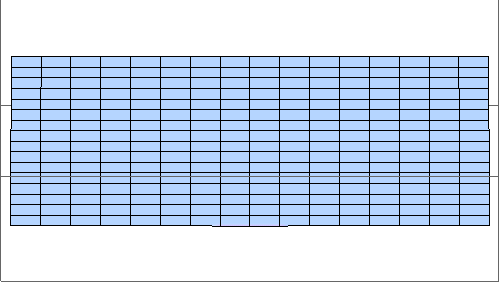One-slit diffraction of a wave

Time-dependent wave equation has been solved by Wolfram
Mathematica.
One can see diffraction minima at the directions q
specified by
d sinq = ml,
m = ±1, ±2,...
Here d is the
width of the slit and l
is the wave length. The process has been
stopped before the wave front hits the far wall to avoid reflections
that create a mess.
One-slit diffraction of a quantum particle

Time-dependent Schrödinger equation is solved by Wolfram
Mathematica and the probability density |Y|2
is plotted. One can see diffraction minima at the directions
q
specified by
d sinq = ml,
m = ±1, ±2,...
similarly to the diffraction of the wave above
(parameters are the same). Reflection of the particle from the far wall
leads to interference between the incident and reflected waves and
steady increase of the total probability since particles steadily enter
the region via the slit.
This
fractal has been obtained by simple mathematical transformations (100
millions of iterations) with the help of Mathematica.

Another example of using Mathematica is my animation "Wheel rolling on a plane"
made for the course of
Classical
Mechanics at the Graduate Center (the bottom of the page)
|